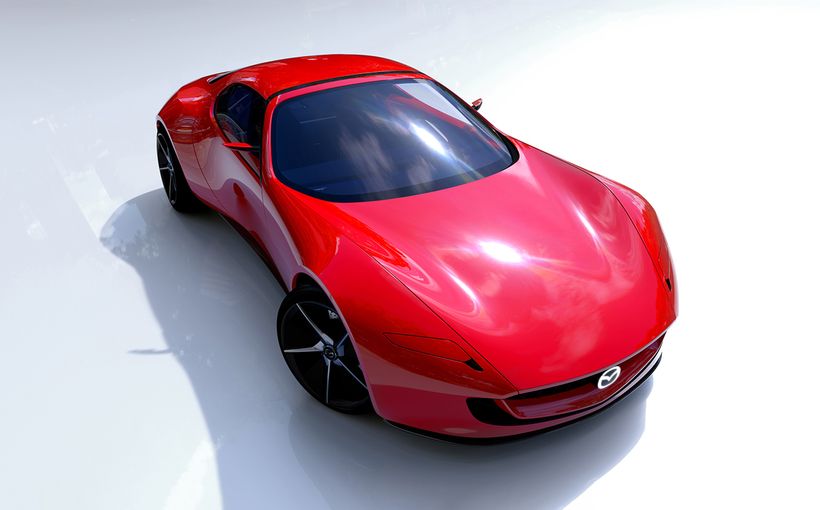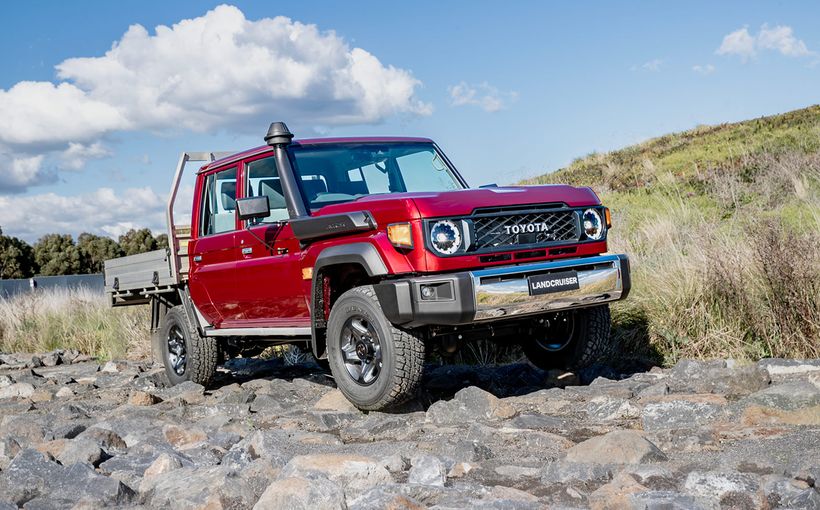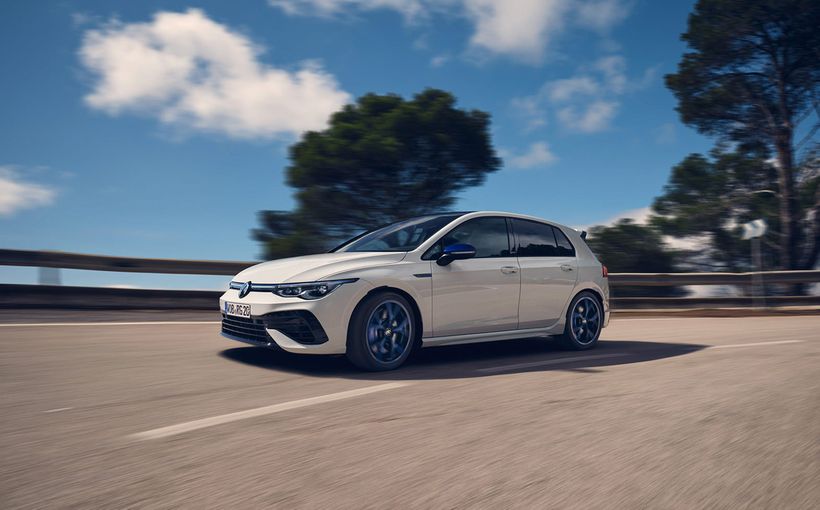Subaru pushes WRX STI capabilities with S209
LET’S be perfectly honest, the golden years of Japanese sportscars are likely well and truly behind us, relegated to the chapter marked 1985 to about the mid-2000s.
Back then, the likes of the Toyota Supra, Mazda RX-7, Nissan Skyline, Mitsubishi Lancer Evolution and Honda NSX ruled the streets and racetracks globally, and while some of these nameplates have since been revived, there has only been one which has stayed in production from inception.
And that distinction would go to the rally-born Subaru WRX STI, which – in its current form – has just received a limited-run upgrade in the form of the S209.

Shown at this year’s Detroit motor show, the faster, wider and sharper WRX STI will only be produced in left-hand-drive configuration (sorry local fans) and restricted to around 200 examples.
Billed as STI’s ‘most powerful model ever’, the S209-spec WRX STI is still powered by a 2.5-litre horizontally opposed turbo-petrol four-cylinder petrol engine, but power is pegged at 254kW.
In comparison to the standard car, the S209 outputs 33 more kilowatts, putting it on pace with the likes of the box-fresh 250kW Toyota Supra and 253kW Nissan 370Z Nismo.

Unfortunately, Subaru is yet to reveal the torque figure, but we expect it to be north of the 407Nm number of the standard car.
To lift power outputs, the WRX STI S209 is fitted with a new HKS-branded turbocharger that raises boost pressure from 16.2 to 18.0 psi. To accommodate, forged pistons and connecting rods are also thrown in, while a freer flowing exhaust and intake, and larger injectors are also added.
With drive sent to the road via the brand’s Symmetrical all-wheel-drive system and a close-ratio six-speed manual gearbox, the hotted-up Scoobie should also be good for a zero to 100km/h sprint of around 5.0 seconds.

While it’s true that, that acceleration figure is a little slow given the likes of the Ford Focus RS and Volkswagen Golf R, which can hit the landmark triple digits in 4.7 and 4.8s respectively, the WRX STI S209 hopes to make up for its straight-line shortcoming with mid-corner grip.
The first piece of the puzzle – and arguably the most important – is the uprated brakes, cross-drilled steel Brembo units with six-pot grabbers up front and two-piston calipers in the rear, as well as high-friction pads.
Limited-slip differentials are also fitted to the front and rear axles to aid in cornering grip, while the front crossmember and rear subframe are reinforced for a stiffer chassis, and suspension componentry is revised to be lower and stiffer.

The exterior bodywork has also been widened to fit enlarged wheels, which measure 19 inches, and features an aggressive aerodynamic bodykit with front splitter, side skirts and fixed rear wing.
Inside, things mostly stay the same except for bespoke badging, Ultrasuede trim pieces and Recaro bucket seats.
Having first debuted in 1994 as the flagship to Subaru’s original Impreza small car, the WRX STI has been the brand’s benchmark in performance for four generations.

Back then, power came courtesy of a turbocharged 2.0-litre boxer engine tuned to 184kW, but it wouldn’t be until the widebody ‘22B’ coupe from 1998 that the first-generation version would get a true hero car.
Only 400 examples were produced for Japan and an additional 24 for export markets, with Australia receiving a grand total of five.
All versions were fitted with an uprated 2.2-litre engine with official outputs of 206kW/363Nm, as well as bespoke Bilstein suspension, giving it its ‘22B’ moniker.

The second-generation WRX STI would not come along until the early 2000s, but sported a contentious front fascia with round headlights that punters nicknamed ‘bugeye’.
Styling was updated in a facelift with a cleaner look up front before the third-generation STI small car debuted in 2007, the first time the WRX would be spun off into its own model nameplate instead of a high-performance Impreza variant.
Finally, the fourth- and current-generation WRX STI hit the market in 2014 and is fitted as standard with a 221kw/407Nm 2.5-litre engine, which the S209 uses as a basis.
Protect your Subaru. Call Shannons Insurance on 13 46 46 to get a quote today.










